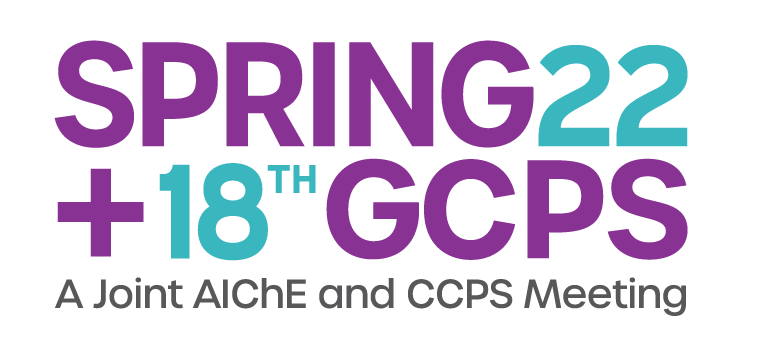

Thomas M. Farrell1,3, Dimitrios Kakogiannis2, Matthew Barfield1
1 Fike Corporation, 704 SW 10th Street, Blue Springs, MO 64015, USA
2 Fike Europe, Toekomstlaan 52, BE-2200 Herentals, Belgium
3 William H. Doyle Award Recipient (GCPS 2013)
Flow-actuated flap valves have been adopted widely as an attractive passive explosion isolation device in various industries. While standards, such as NFPA 69[1] and EN16447[2], have allowed for these devices and, in limited fashion, have provided for test methods aimed at assessing the efficacy of these devices, the methods have significant shortcomings. The relative lack of detailed methods and test setup requirements in the standards have granted a high degree of flexibility in interpretation of the standards. Test setup parameters common in certification testing have strong influences on the isolation efficacy of flap valves, and it is important that these parameters are chosen to closely match the intended application. The misapplication of these parameters can result in misleading device performance ratings, ultimately resulting in potentially unsafe conditions in the intended application.
In order to demonstrate the difference between common test methods and actual application scenarios, a test program was conducted using live deflagrations, modeled after previous work[3,4] concerning flame propagation in industrial scale pipelines. The effects of different vessel venting methods, conveyance flow, and the presence of a protected zone pipeline are investigated, focusing on pipeline pressure development at the isolation valve and influence on valve isolation efficacy. Commonalities in observations and conclusions from results obtained in similar experiments by others[5] are also discussed.
The results of head-to-head comparison explosion isolation testing of flap valves from various manufacturers in real application scenarios are presented to illustrate the shortcoming of the standards that govern their acceptance, along with a discussion of their common failure modes.
Recommended changes to EN16447 based upon the evidence provided are presented.
REFERENCES
- NFPA 69, Standard on Explosion Prevention Systems, 2019
- EN16447:2014, Explosion Isolation Flap Valves, 2014
- T. M. Farrell, J. Vingerhoets, J. Snoeys, J. Going, Dust Flame Propagation in Industrial Scale Pipelines - Part 1: Empirical Study in a Conveying Vessel-Pipeline System, 9th Global Congress on Process Safety (GCPS), San Antonio, April 28 - May 1, 2013.
- Vingerhoets, T. M. Farrell, J. Snoeys, Dust Flame Propagation in Industrial Scale Pipelines - Part 2: CFD Study of a Conveying Vessel-Pipeline System, 9th Global Congress on Process Safety (GCPS), San Antonio, April 28 - May 1, 2013.
- Grégoire, E. Leprette, C. Proust, Function Testing of Passive Explosion Isolation Flap Valves, Proceedings of the Ninth International Seminar on Fire and Explosion Hazards (ISHFEH9), pp. 345-355
Presenter(s)
Language
Pricing
Individuals
| AIChE Member Credits | 0.5 |
| AIChE Pro Members | $19.00 |
| Employees of CCPS Member Companies | Free |
| AIChE Graduate Student Members | Free |
| AIChE Undergraduate Student Members | Free |
| AIChE Explorer Members | $29.00 |
| Non-Members | $29.00 |
